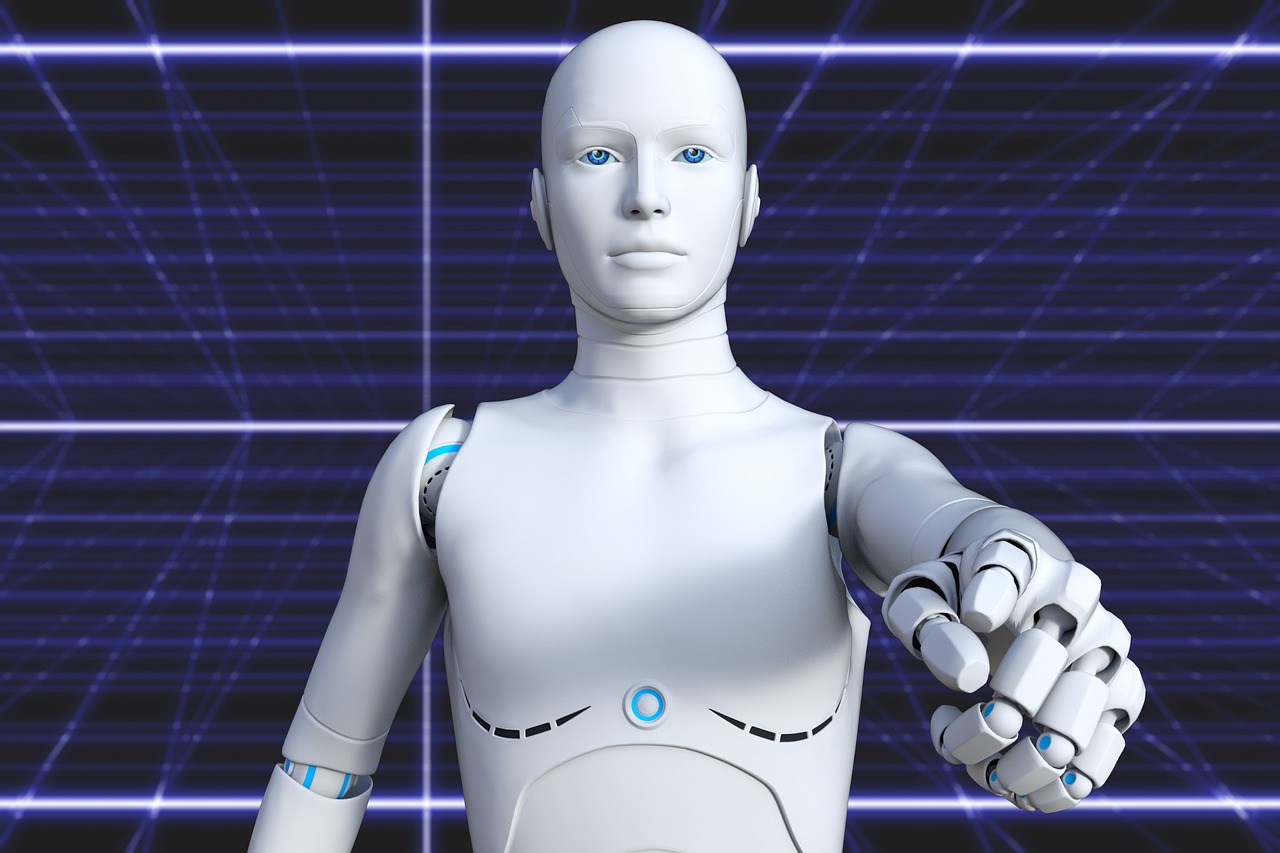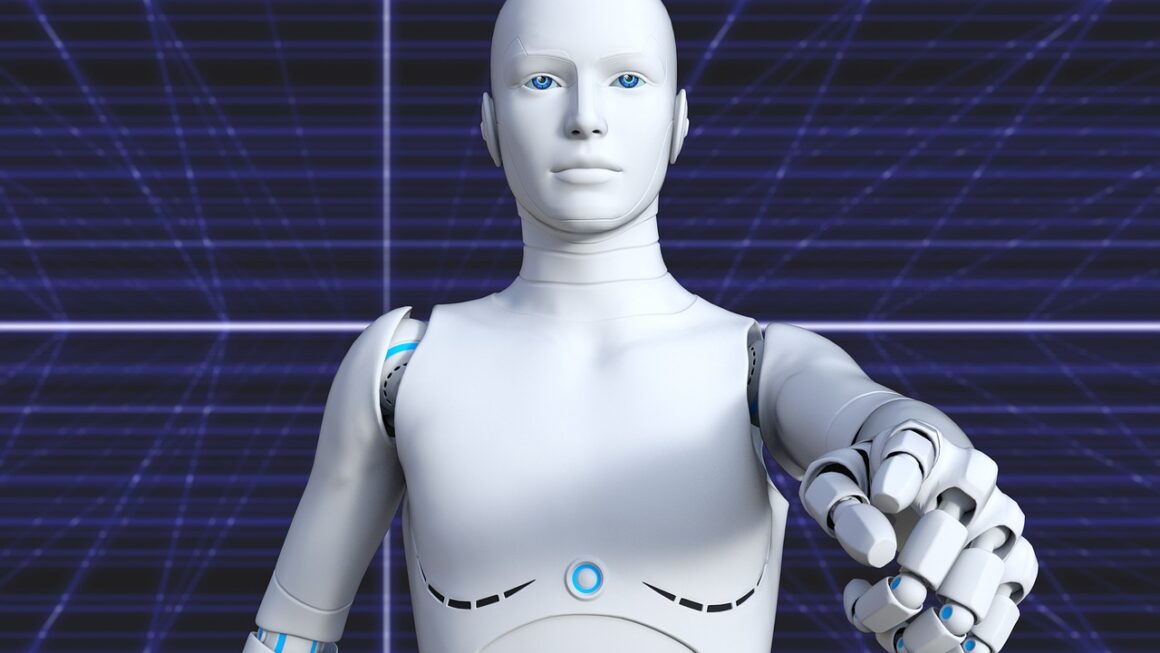Chatbots have rapidly evolved from simple automated responses to sophisticated AI-powered assistants capable of understanding natural language, predicting user needs, and delivering personalized experiences. This transformation is revolutionizing how businesses interact with customers, streamlining operations, and providing 24/7 support. Understanding the capabilities and potential applications of chatbots is crucial for any organization looking to stay competitive in today’s digital landscape.
What is a Chatbot?
Defining Chatbots
At its core, a chatbot is a computer program designed to simulate a conversation with a human user. This interaction can occur through text, voice, or even visual interfaces. Chatbots are typically deployed within messaging platforms, websites, and mobile apps.
- Basic Chatbots: These rely on pre-programmed rules and keyword recognition to respond to user queries. They often use decision tree logic, following a pre-defined path of responses.
- AI-Powered Chatbots: Utilizing natural language processing (NLP), machine learning (ML), and deep learning (DL), these advanced chatbots can understand the context and intent behind user messages, allowing for more dynamic and personalized interactions. They learn from each interaction, improving their accuracy and responsiveness over time.
The Evolution of Chatbots
The concept of automated conversation dates back to the 1960s with ELIZA, one of the first natural language processing computer programs. However, the widespread adoption of chatbots has been fueled by advancements in AI and the proliferation of messaging platforms.
- Early Chatbots (Rule-Based): Limited to simple interactions and predefined scripts.
- Mid-Range Chatbots (NLP Integration): Improved understanding of natural language, enabling more complex conversations.
- Modern Chatbots (AI-Powered): Leverage machine learning for continuous improvement, personalization, and sentiment analysis.
Chatbot Use Cases: Examples
Chatbots are now used across various industries to accomplish different goals. Here are some common examples:
- Customer Service: Answering frequently asked questions, providing support, resolving simple issues, and routing complex inquiries to human agents. Example: A banking chatbot that can provide balance information, transaction history, and help with password resets.
- Sales and Marketing: Generating leads, qualifying prospects, providing product information, processing orders, and offering personalized recommendations. Example: An e-commerce chatbot that suggests products based on browsing history and past purchases.
- Internal Operations: Assisting employees with HR tasks, IT support, and internal communications. Example: A chatbot within a company’s intranet that can answer questions about benefits packages or help employees submit IT tickets.
- Healthcare: Providing medication reminders, scheduling appointments, and answering basic health questions. Example: A healthcare provider’s chatbot that sends appointment reminders and answers FAQs about post-operative care.
Benefits of Using Chatbots
Enhanced Customer Experience
Chatbots provide instant, personalized support, improving customer satisfaction and loyalty. Consider the impact of prompt assistance versus waiting on hold or searching through lengthy FAQs.
- 24/7 Availability: Chatbots are available around the clock, addressing customer needs at any time.
- Personalized Interactions: AI-powered chatbots can tailor conversations based on user data and preferences.
- Reduced Wait Times: Instant responses eliminate the frustration of long wait times.
- Consistent Service: Chatbots provide consistent and reliable information, reducing the risk of human error.
Increased Efficiency and Productivity
By automating repetitive tasks, chatbots free up human agents to focus on more complex and strategic initiatives. They streamline operations, reduce costs, and improve overall productivity.
- Automated Task Completion: Chatbots can handle tasks such as order processing, appointment scheduling, and data entry.
- Reduced Workload for Human Agents: Chatbots filter and resolve simple inquiries, allowing human agents to focus on complex issues.
- Improved Response Times: Faster response times enhance customer satisfaction and improve overall efficiency.
- Cost Savings: Automating tasks reduces labor costs and improves resource utilization.
Lead Generation and Sales
Chatbots can proactively engage website visitors, qualify leads, and guide them through the sales funnel. They can provide product information, answer questions, and encourage purchases.
- Lead Qualification: Chatbots can ask qualifying questions to identify potential customers and prioritize leads.
- Product Recommendations: Providing personalized product recommendations based on user preferences.
- Abandoned Cart Recovery: Reminding customers of items left in their shopping carts and encouraging them to complete their purchase.
- Proactive Engagement: Initiate conversations with website visitors to offer assistance and gather information.
Building and Implementing a Chatbot
Choosing the Right Platform
Selecting the appropriate platform is crucial for successful chatbot implementation. Consider factors such as ease of use, integration capabilities, and scalability.
- No-Code Platforms: User-friendly platforms that allow you to build chatbots without coding knowledge (e.g., ManyChat, Chatfuel).
- Low-Code Platforms: Offer a balance between ease of use and customization options (e.g., Dialogflow, Microsoft Bot Framework).
- Custom Development: Provides the most flexibility but requires coding expertise and significant development effort. (e.g., using Python libraries like Rasa or building from scratch).
Designing Conversational Flows
Creating a well-designed conversation flow is essential for providing a seamless and intuitive user experience. Map out potential user journeys, anticipate common questions, and provide clear and concise responses.
- Define User Goals: Understand what users are trying to achieve when interacting with the chatbot.
- Map Out Conversation Flows: Create a visual representation of the chatbot’s conversation path.
- Write Clear and Concise Responses: Use simple language and avoid jargon.
- Provide Options and Choices: Allow users to navigate the conversation based on their needs.
Training and Optimization
Training your chatbot with relevant data and continuously optimizing its performance are critical for ensuring accuracy and effectiveness. Use real user interactions to fine-tune your chatbot’s responses and improve its understanding of natural language.
- Data Collection: Gather data from user interactions to identify areas for improvement.
- Natural Language Processing (NLP) Training: Use NLP techniques to improve the chatbot’s understanding of natural language.
- Sentiment Analysis: Analyze user sentiment to identify potential issues and improve customer satisfaction.
- A/B Testing: Experiment with different conversation flows and responses to optimize performance.
Future Trends in Chatbots
Advanced AI and Personalization
The future of chatbots will be driven by advancements in AI and personalization, enabling more intelligent and intuitive interactions. Expect to see more sophisticated natural language understanding, proactive assistance, and emotional intelligence.
- Enhanced Natural Language Understanding (NLU): Improved ability to understand complex language and nuanced meaning.
- Proactive Assistance: Chatbots that anticipate user needs and offer assistance before being asked.
- Emotional Intelligence: Ability to recognize and respond to user emotions.
- Hyper-Personalization: Tailoring interactions based on individual user data and preferences.
Voice-Enabled Chatbots
The rise of voice assistants like Amazon Alexa and Google Assistant is paving the way for more voice-enabled chatbots. These chatbots will allow users to interact with businesses through voice commands, creating a more seamless and convenient experience.
- Voice-Based Interactions: Enabling users to interact with chatbots using voice commands.
- Integration with Voice Assistants: Seamlessly integrating chatbots with popular voice assistants.
- Hands-Free Assistance: Providing hands-free assistance for tasks such as ordering products and making reservations.
Integration with Emerging Technologies
Chatbots will increasingly integrate with other emerging technologies such as augmented reality (AR), virtual reality (VR), and the Internet of Things (IoT), creating new and innovative use cases.
- AR/VR Integration: Using chatbots to enhance AR/VR experiences by providing information and assistance.
- IoT Integration: Connecting chatbots to IoT devices to control appliances, monitor data, and automate tasks.
- Blockchain Integration: Utilizing chatbots for secure and transparent transactions using blockchain technology.
Conclusion
Chatbots have transitioned from a novelty to a powerful tool for businesses across various sectors. By understanding their capabilities, benefits, and future trends, organizations can leverage chatbots to enhance customer experiences, increase efficiency, and drive growth. As AI continues to advance, chatbots will become even more sophisticated and integrated into our daily lives, transforming how we interact with technology and businesses alike. Embracing this technology and implementing it strategically is essential for staying competitive in today’s rapidly evolving digital landscape.




